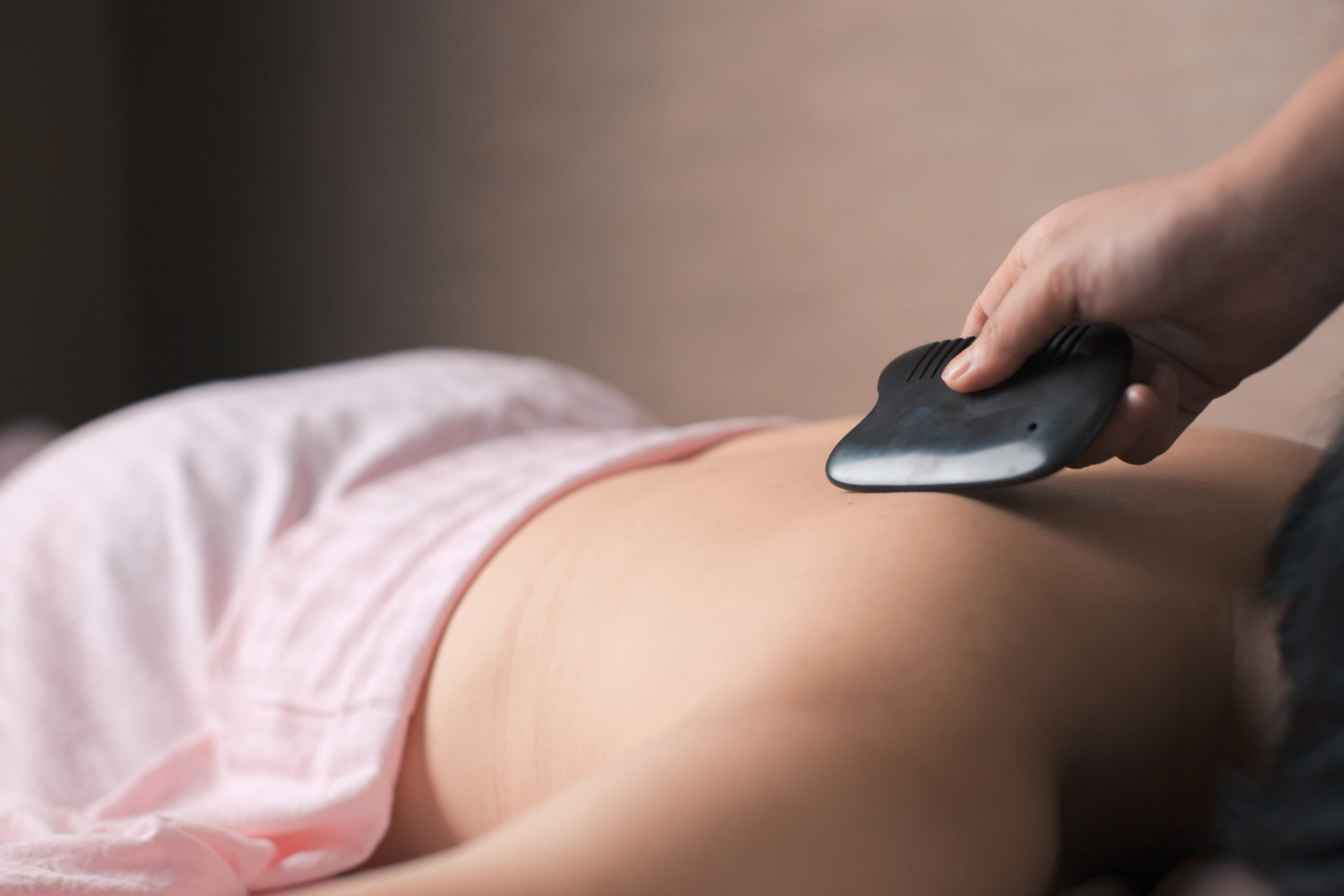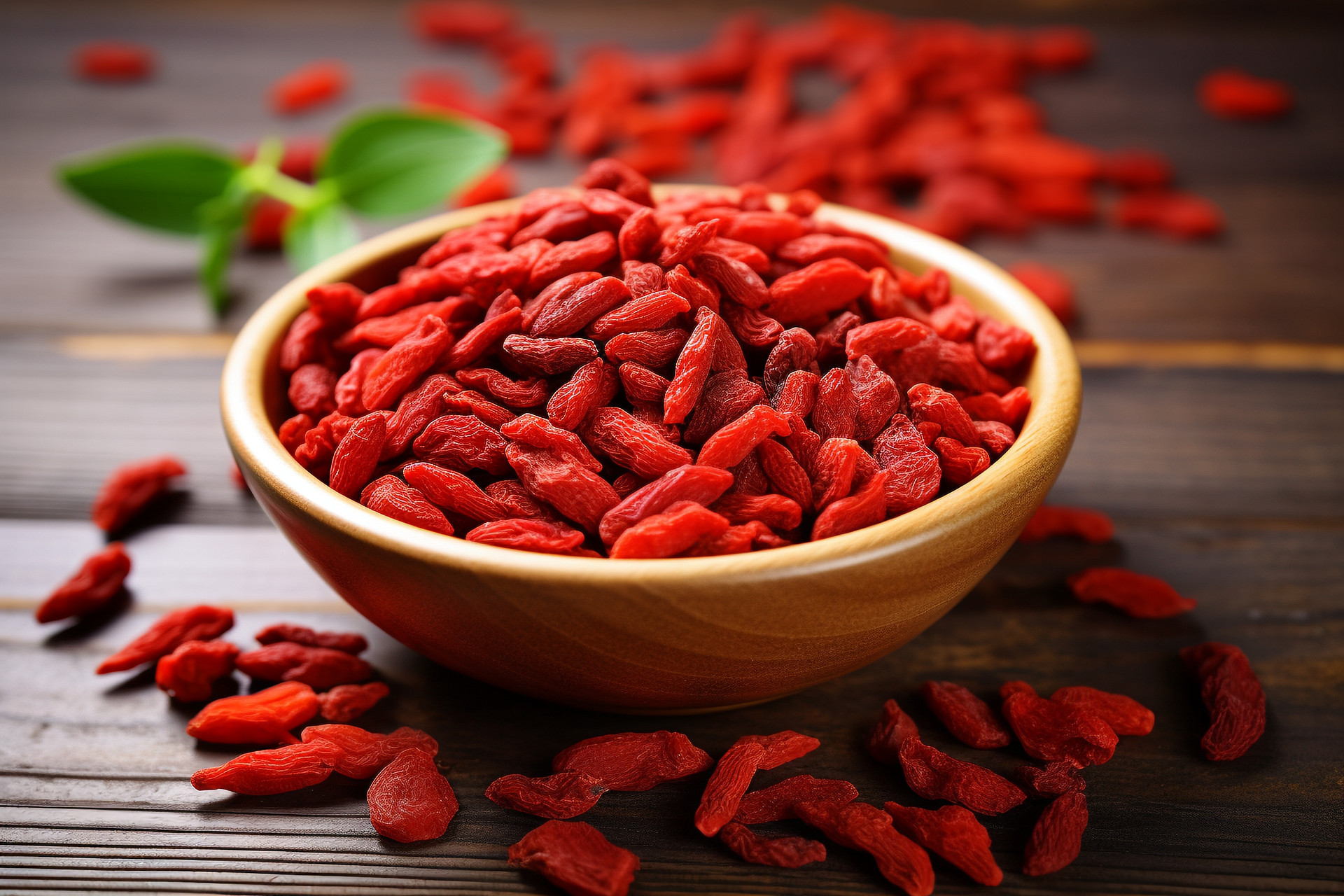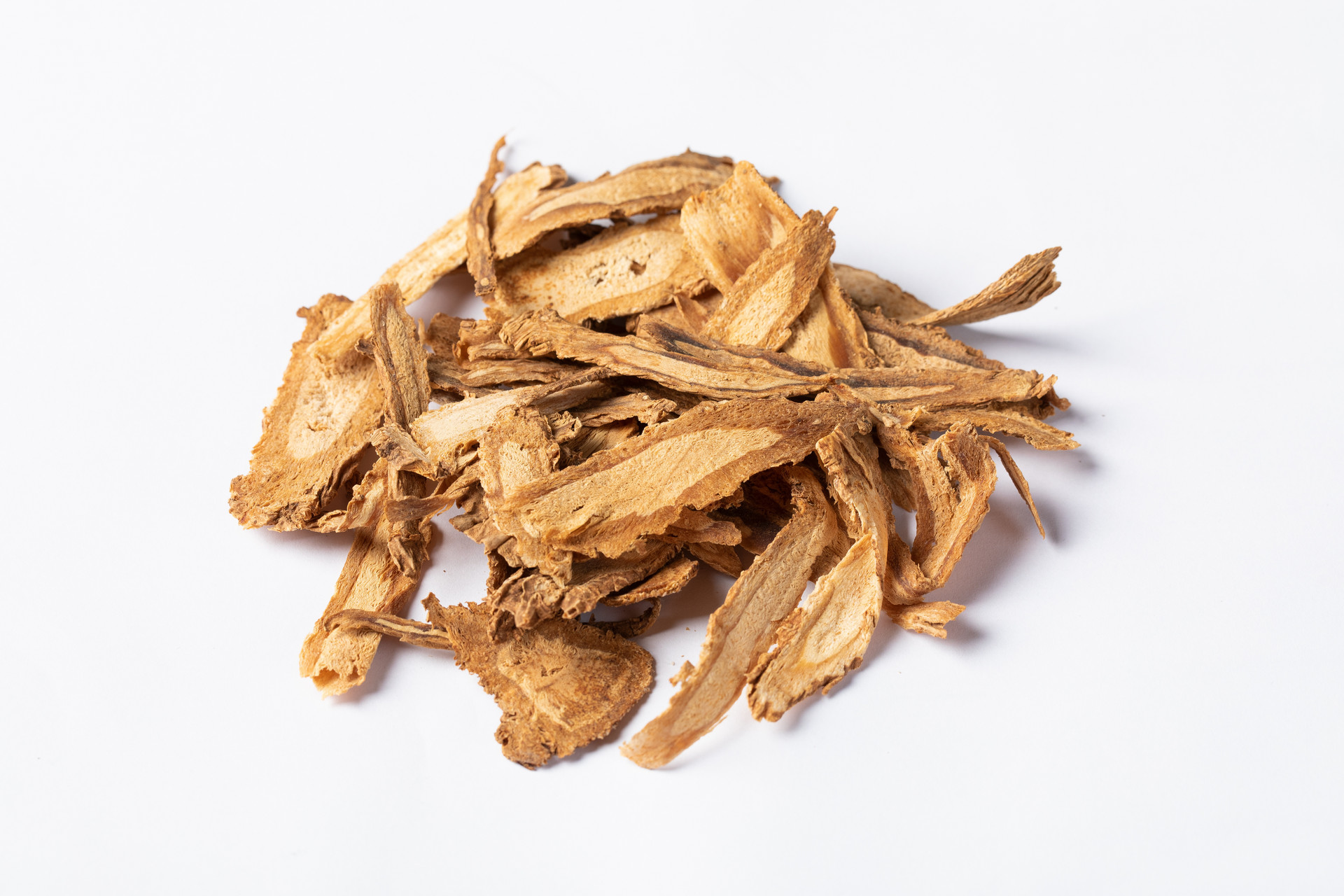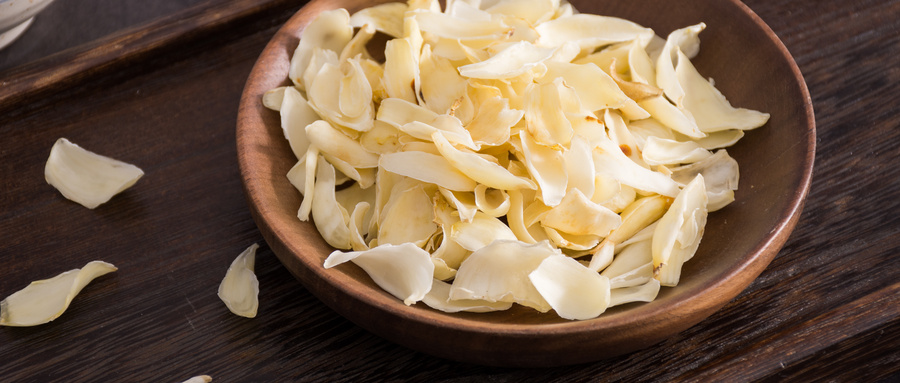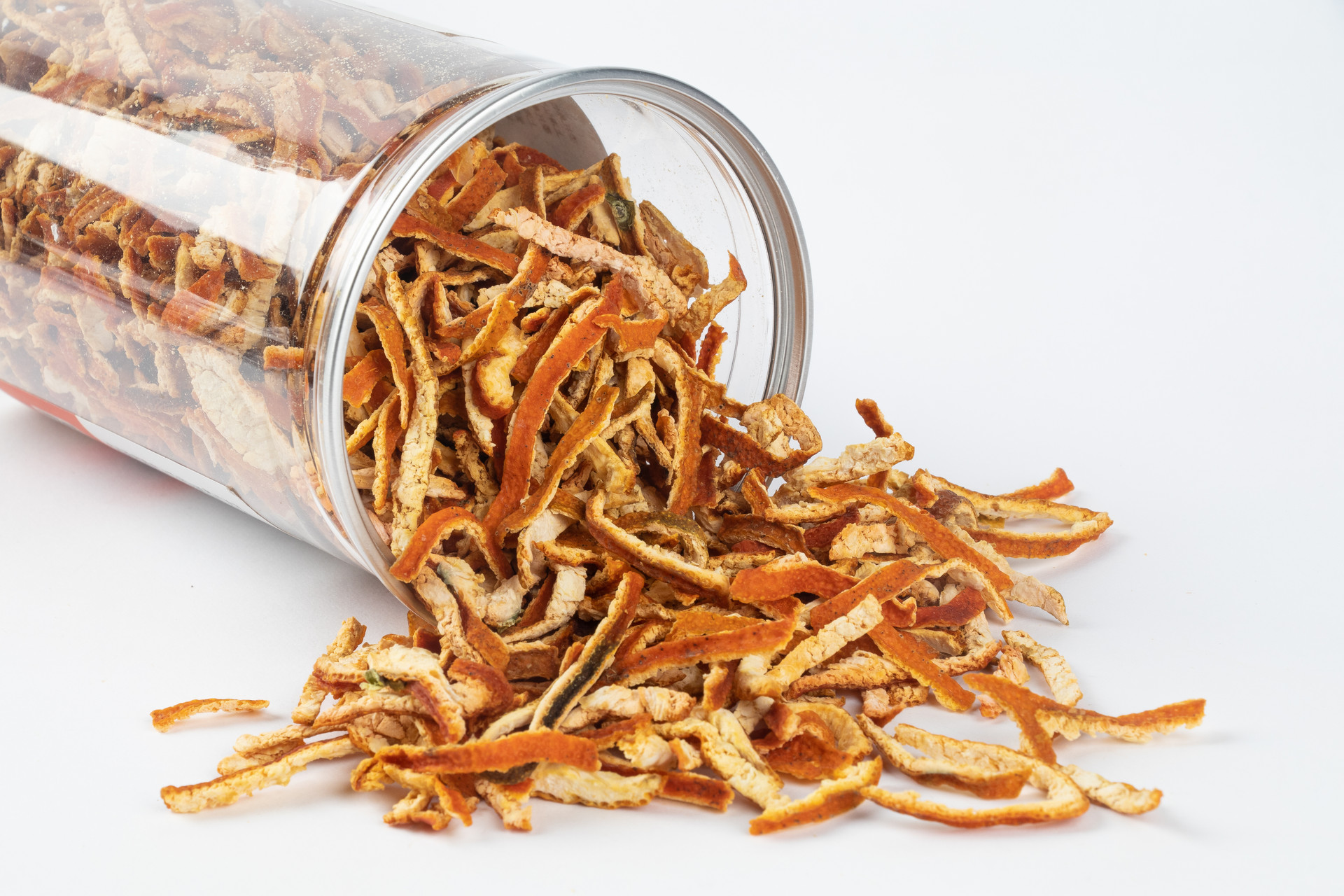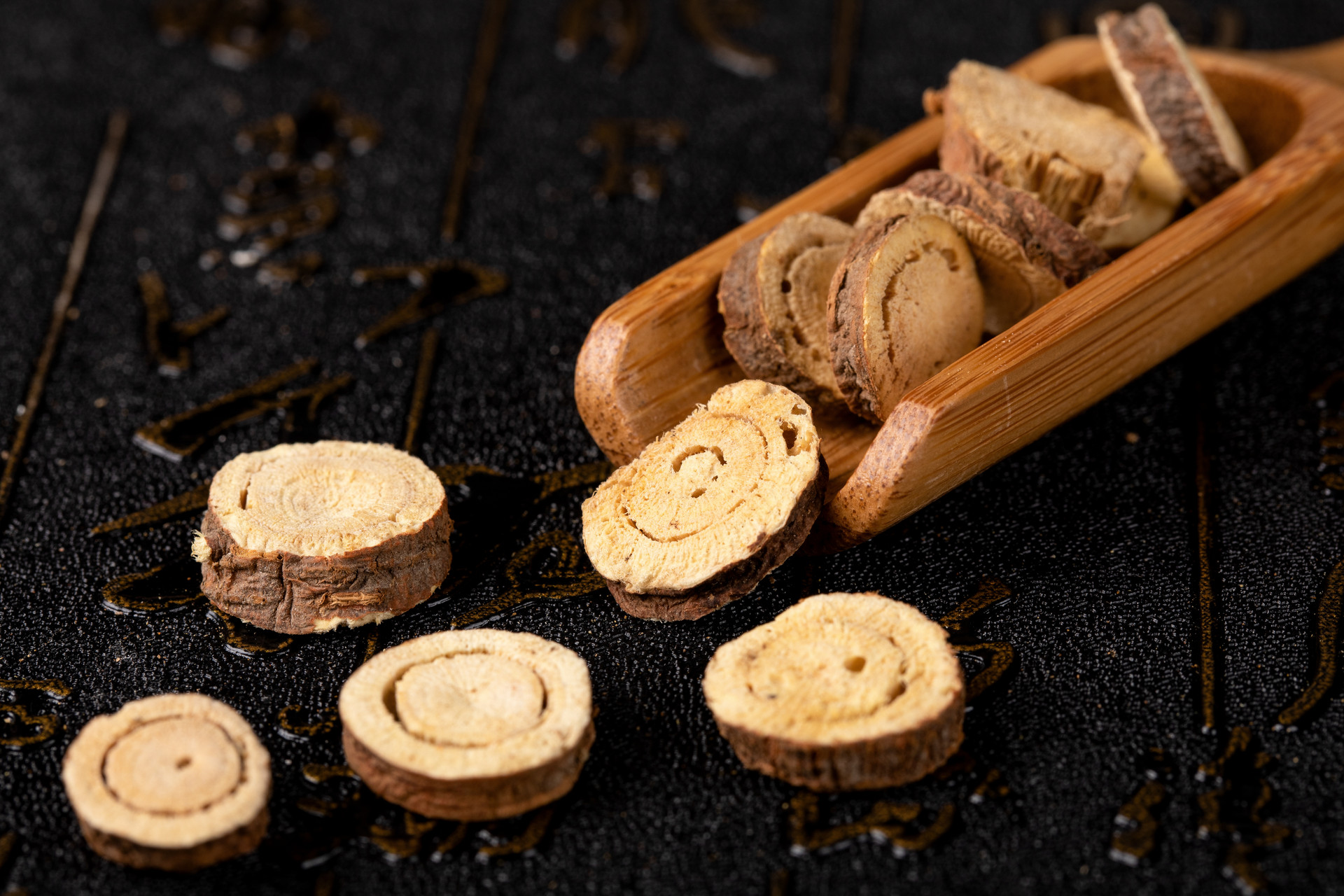The Chinese herb "maqianzi" (Croton seed) is highly toxic, and the processing of maqianzi is crucial. As Zhang Xichun said, "If there is a proper method of processing, even highly toxic substances can become non-toxic." There are several traditional processing methods, but currently, the two most widely used methods in China are sautéing with sand and deep-frying with oil, both of which are recognized as legal methods in the Chinese Pharmacopoeia.
Sautéing with sand: Heat the sand until it makes a popping sound and swells up. When pressed, it crumbles easily. The outer surface turns brownish-yellow, while the core becomes purple-red. Through high-temperature treatment such as sautéing with sand or deep-frying, the highly toxic alkaloids in maqianzi, which have low medicinal efficacy, are largely destroyed, and Shidening, which is less toxic, is partially destroyed, while less toxic alkaloids like Yimaqianzi and Yishidening are formed.
Lingyi method: Soak the maqianzi in toddler's feces for 49 days, changing the feces every 3 days, preferably daily. Then remove the maqianzi and soak it in rice washing water for 7 days, and finally soak it in clean water for another 3 days, changing the water frequently. Remove the skin, sauté it until dry, and grind it into powder (from "Thirteen Surgical Formulas").
Zhang Xichun method: Boil the maqianzi in water for two or three boils, then remove it and scrape off the outer skin with a knife. Soak it in hot soup, changing the soup once in the morning and once in the evening for three days and nights. Then fry it in sesame oil until it turns completely black with a hint of yellow in the center. Remove the maqianzi, wash it several times with warm water until no oil remains (from "Medical Secrets from the East and West").
Zhu Liangchun method: Soak the maqianzi in water to remove the hair, dry it, and then fry it in sesame oil. If the heat is low, the center will be white, and after consumption, it may cause vomiting and other poisoning reactions. If the heat is high, it will turn black and carbonized, resulting in loss of efficacy. During the processing, cut one piece with a knife and the one with purple-red color inside is considered the best (from "Utilization of Insecticidal Drugs").
Yan Deqing method: First, stir-fry the raw maqianzi in sand until it expands, then deep-fry it in sesame oil until it makes a popping sound. The outer color should be brownish-yellow, and when cut open, it should be purple-red.
In clinical use, except for some specific situations, maqianzi is usually processed by oneself, following the method of Gu Xianying, a traditional Chinese doctor. Gu's method involves putting clean sand in a pot, heating it over high heat, adding peeled maqianzi, and then reducing the heat to sauté the maqianzi until the surface turns dark brown, swells up, and forms small bubbles. When lightly pressed with the hand, it easily crumbles, indicating the optimal degree of sautéing where the toxic properties of maqianzi are minimized and the medicinal efficacy is maximized. If the interior of the maqianzi is pale yellow, it means it has been sautéed too lightly and has a higher toxicity. If the interior is black, it means it has been over-processed and has lost its medicinal properties.
At first, maqianzi was processed by scraping off the hair, following Gu's method. However, with increased experience and consultation of extensive literature, it was discovered that the hair of maqianzi is not the most toxic part. In recent years, the sand sautéing method has been tried without removing the hair, and no obvious poisoning reactions have been observed. The principle behind the processing of maqianzi is that the high-temperature sautéing destroys its toxicity.
The "Zhonghua Bencao" (Chinese Materia Medica) records that after high-temperature heating (220-260℃, 3 minutes), the content of the highly toxic components croton alkaloid (Shidening) and crotonamide alkaloid (maqianzi alkaloid) is significantly reduced, while the content of isocrotonamide alkaloid, isomaqianzi alkaloid, crotonamide N-oxide, and maqianzi alkaloid N-oxide increases.
The key to processing maqianzi lies in achieving the right degree of roasting: the cooled maqianzi should break when slightly squeezed. If the interior is white or yellow and extremely bitter, it means it is undercooked and should not be ingested. If the interior is purple-red and bitter, it means it is raw and has higher toxicity and poor medicinal efficacy. If the interior is black and the taste is very faint, it means it has been over-processed and has lost its medicinal properties. The optimal roasting degree is when the interior is coffee-colored, emits a strong coffee aroma, and has a slightly bitter taste, indicating the lowest toxicity and the best effect.



